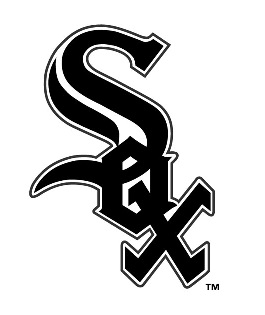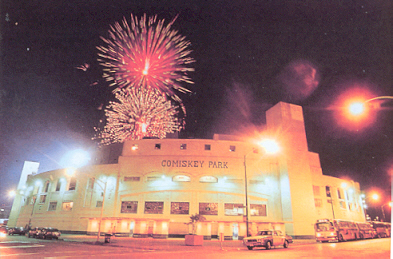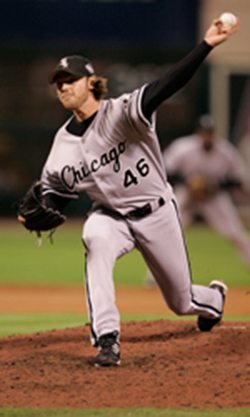In 1929, uniform numbers appeared on the back of baseball jerseys for the first time, thanks to the Indians and the Yankees. By 1937, numbers finally appeared across all uniforms, both home and away, across both major leagues. Since that time, 81 distinct numbers have been worn by members of the White Sox, while the Cubs boast 76.
Today, we continue our look at those players, picking our favorite, if not the best, player to wear each uniform number for both Chicago teams with #2. 50 different players have donned #2 while playing in Chicago, 28 for the White Sox, who retired the number in 1976, and 22 for the Cubs.
Acquired from the A’s for Joe Tipton following the 1949 season, Nellie Fox switched to his familiar #2 starting with the 1953 season. The White Sox finished in third place in each season between 1953 and 1956, followed by second-place finishes in 1957 and 1958 before finally breaking through in 1959, thanks in part to Fox’s best season. He batted .306, leading the AL in singles en route to a .380 OBP. He also started and had four hits in two All-Star games and won his second Gold Glove on his way to winning the MVP for AL champions.
In the World Series, which turned out to be his only postseason experience, Fox led the White Sox with a .375 average with three doubles. In Game 5, Fox scored the only run when Sherm Lollar hit into a double play in the fourth inning, only the second time that a World Series game did not have an RBI. Unfortunately, the Sox dropped the next game, and the series, to the Dodgers.
All told, Fox spent 14 seasons with the White Sox, making 12 AL All-Star teams and 15 of 16 AL All-Star Game selections beginning in 1951, with two All-Star games played between 1959 and 1962. Following the 1963 season, he was traded to the Houston Colt .45s. He died on December 1. 1975, at the age of 47, following a bout with cancer. His #2 was retired by the White Sox in 1976 and he was elected to the Hall of Fame in 1997.
On the north side of town, Ryan Theriot wore three different numbers after making his debut on September 13, 2005 before settling on #2 in 2007. That year, he made the opening-day roster as a utility player, but the early-season struggles of César Izturis led to Theriot taking over as the starter. Theriot was notably versatile throughout the 2007 season, playing multiple positions defensively and hitting all over the batting order. Despite impressive numbers from Theriot in the lead-off spot, albeit a small sample size, the return of Alfonso Soriano resulted in Theriot returning to second in the batting order.
In 2008, Theriot had the sixth-best batting average in the National League. While not expected to hit for power, Theriot was asked to try to drive in more runs early in 2009 as the Cubs dealt with injuries and poor performance from their power hitters. He quickly went on a tear and smacked seven home runs, including his first two ever outside Wrigley Field, as the other players regained their health. On February 19, 2010, the Cubs went to salary arbitration with Theriot, the first time they had done so since 1993, as the two sides were separated by $800k. He appeared in 96 games with the Cubs in 2010, hitting .284, before the July 31 trade that sent Theriot and Ted Lilly to the Dodgers for Blake DeWitt.



 4 years ago, we last counted down the Top 200 songs in my iTunes library. Since my iTunes stats are still intact, across multiple PCs, iPods, iPads, and iPhones, I figured it was time to take another look at my most listened to songs, based on number of plays as of January 1, 2020.
4 years ago, we last counted down the Top 200 songs in my iTunes library. Since my iTunes stats are still intact, across multiple PCs, iPods, iPads, and iPhones, I figured it was time to take another look at my most listened to songs, based on number of plays as of January 1, 2020.






 #7: Queen – We Are The Champions
#7: Queen – We Are The Champions







